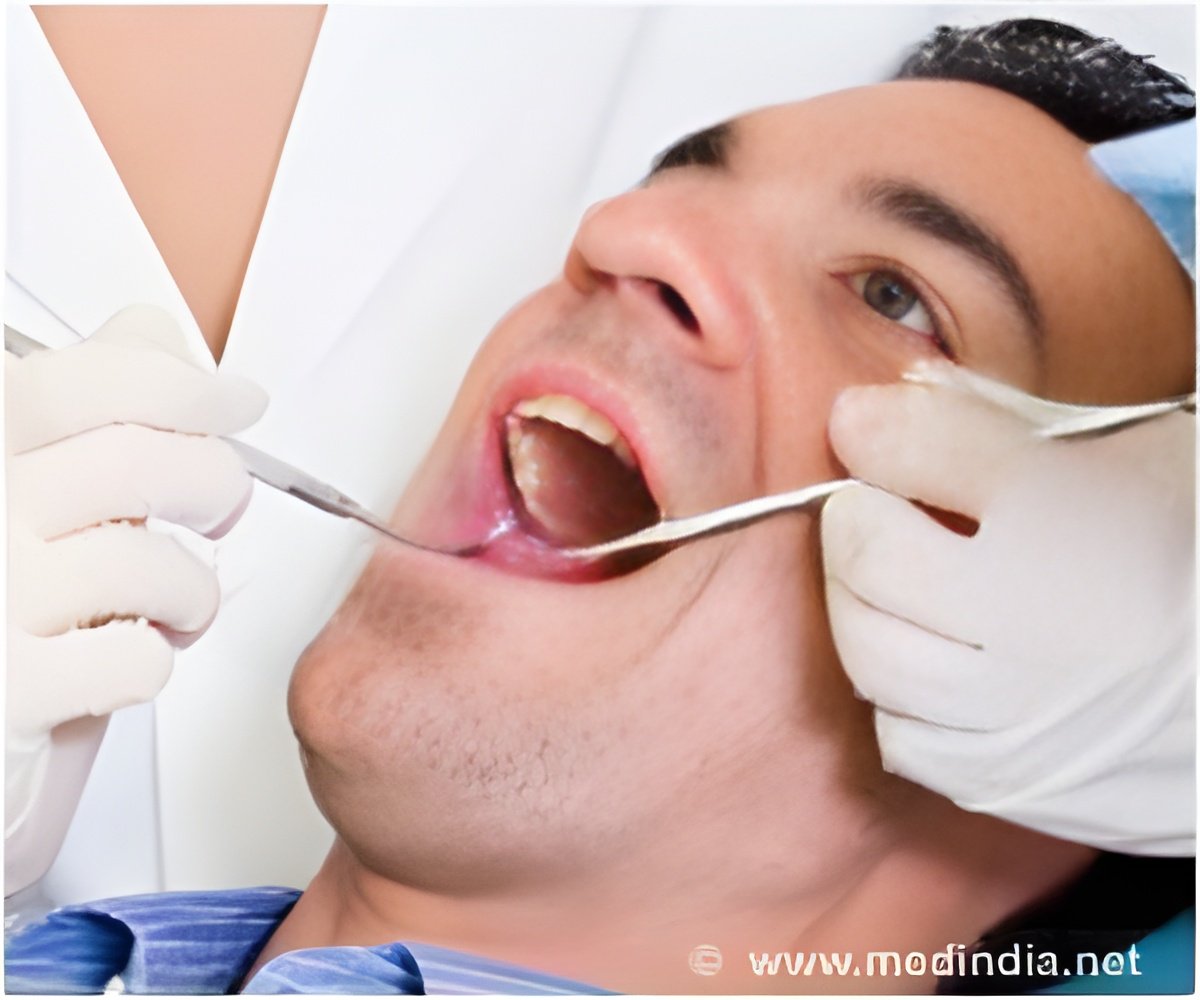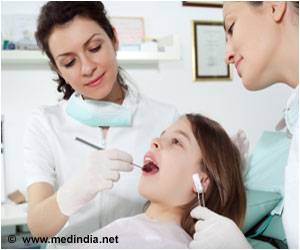IISc Bengaluru researchers have created helical nanobots consisting of silicon oxide coated with iron for RCT, which can be controlled by a magnetic field.

Previous Practices and the Need for a New One
Previous practices, such as the use of lasers and ultrasound to kill bacteria, had their limitations, such as being able to penetrate only about 800 micrometers into the teeth. A problem is that it uses chemicals to kill bacteria. However, antibiotic-resistant bacteria can resist the attack and remain hidden within dentinal tubules.‘Researchers have said that by tuning the frequency of the magnetic fields, the researchers were able to make the dental nanobots move and penetrate deep into the layers of the dentinal tubules.’





A research associate at IISc Bangaluru had said, "The dentinal tubules are very small, and bacteria reside deep in the tissue. Current techniques are not efficient enough to go all the way inside and kill the bacteria."Researchers have detailed on the development of the helical nanobots. These are made of silicon oxide coated with iron that can be controlled and monitored by using a device that induces a low-intensity magnetic field. But new miniaturized robots provide a solution that provides an even deeper clean.
Dental nanobots were tested in mouse models and found to be safe and effective. Now the team is working on a new medical device that can fit inside the mouth and allow the dentist to inject and operate dental nanobots inside the teeth during RCT.
Usage of Nanobots for Teeth
Dental nanobots, developed at the IISc-incubated startup Theranautilus, were injected into extracted dental samples, followed by tracking their movement under a microscope.
Researchers have said that by tuning the frequency of the magnetic fields, the researchers were able to make the dental nanobots move and penetrate deep into the layers of the dentinal tubules. The manipulation of the magnetic field ensures the generation of heat through the surface of the dental nanobots, which can kill nearby bacteria.
Researchers have also experimented on the dental nanobots in mouse models and found them to be safe and effective. They are also working on developing a unique type of medical device that can fit efficiently inside the mouth and allow the dentist to inject and manipulate the nanobots inside the teeth during RCT.
Advertisement
Source-Medindia








